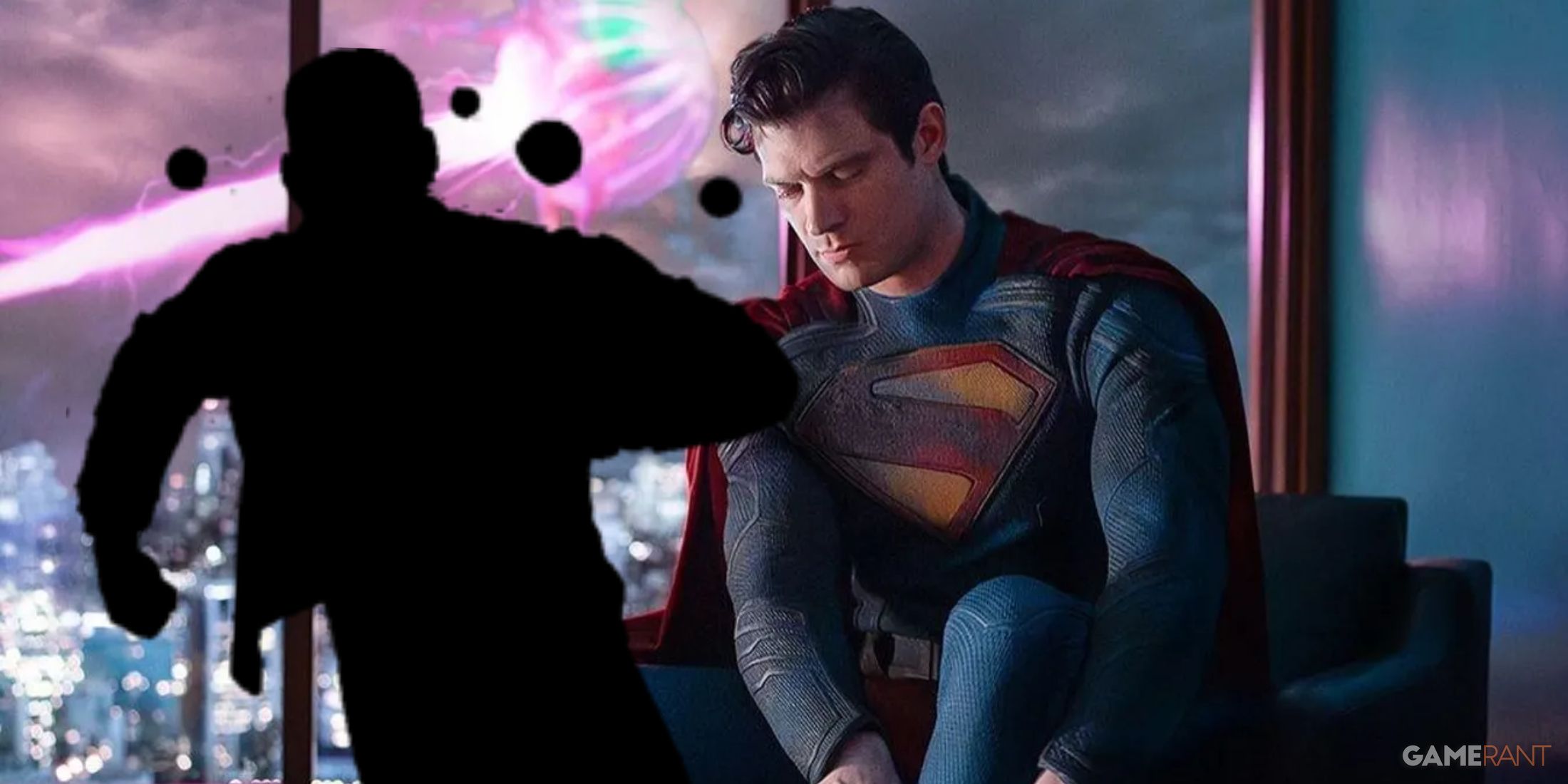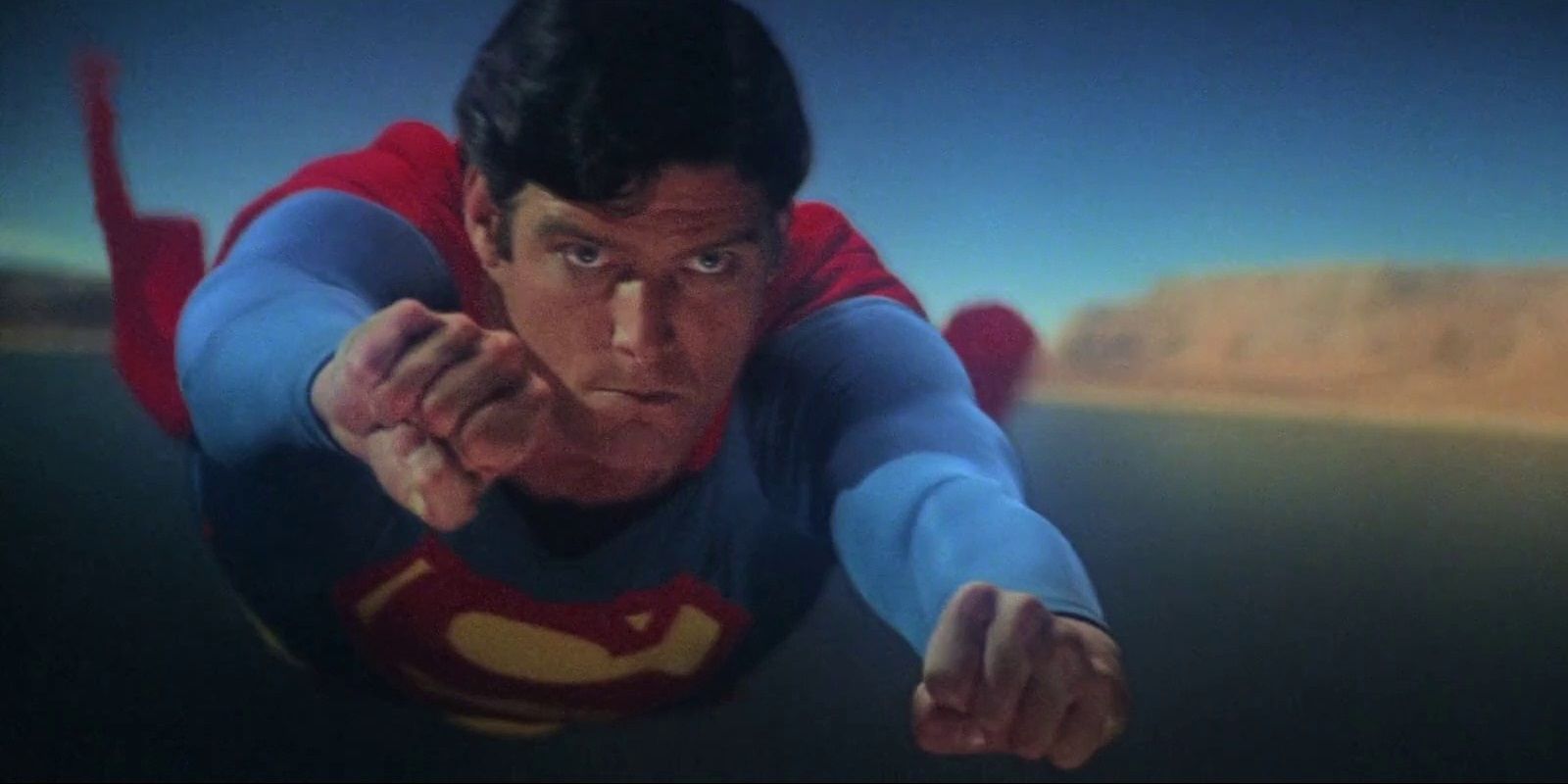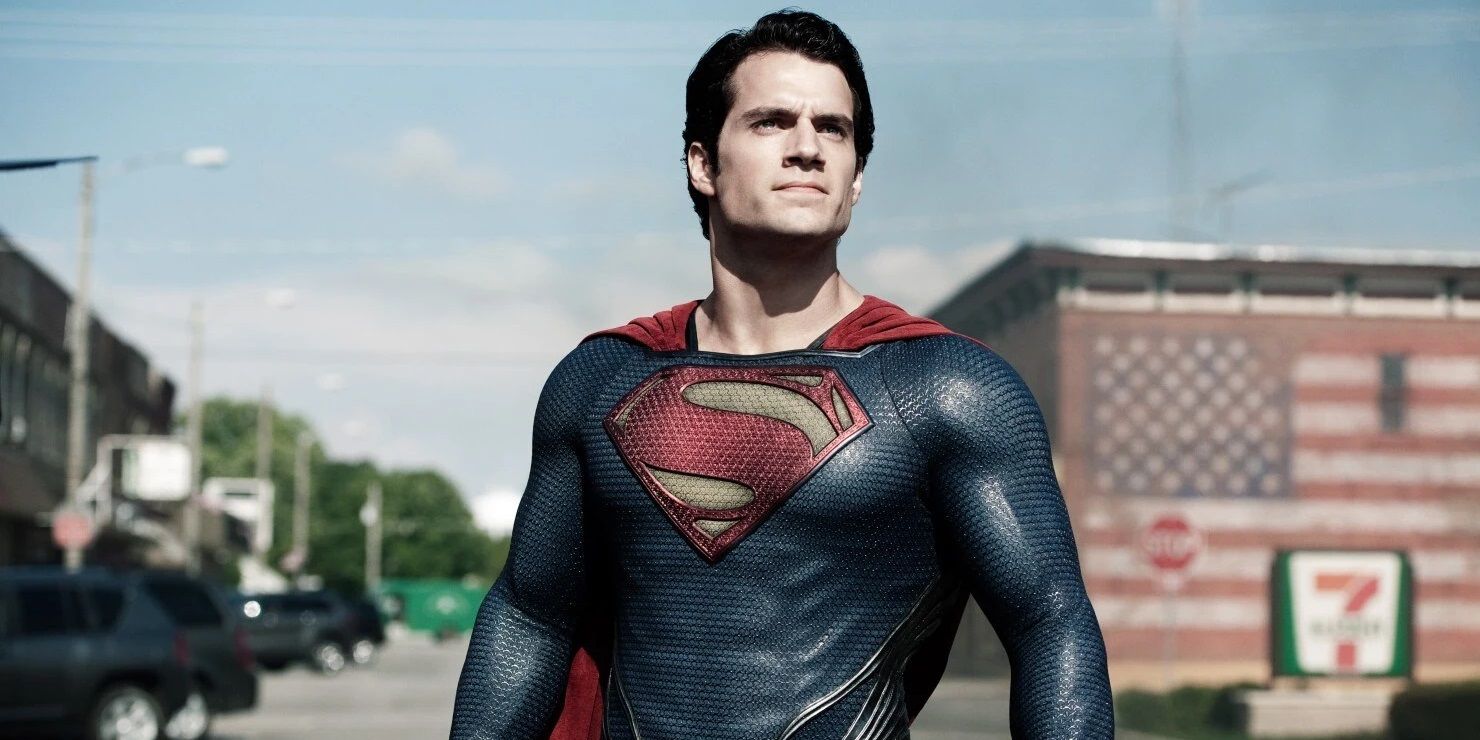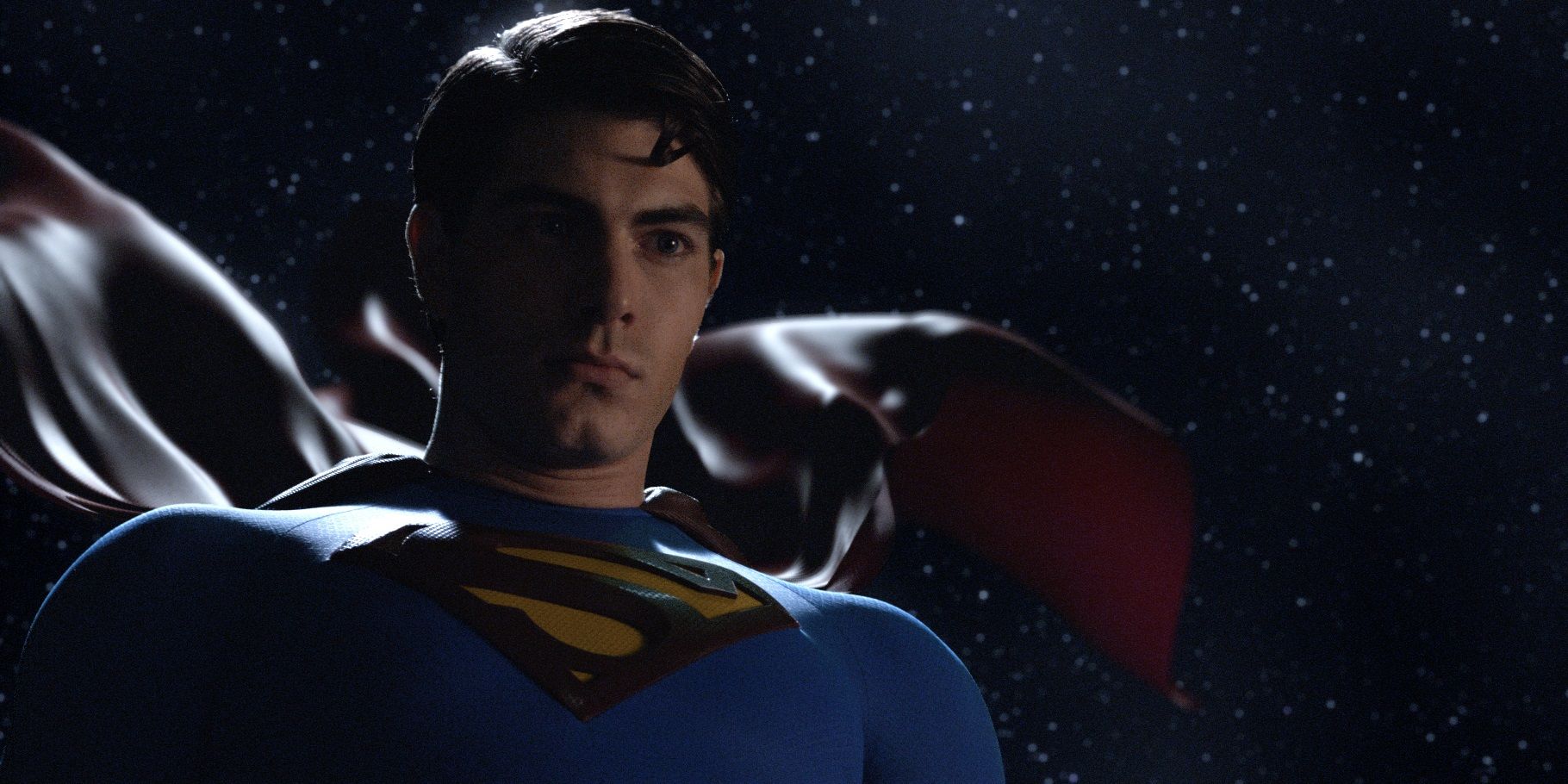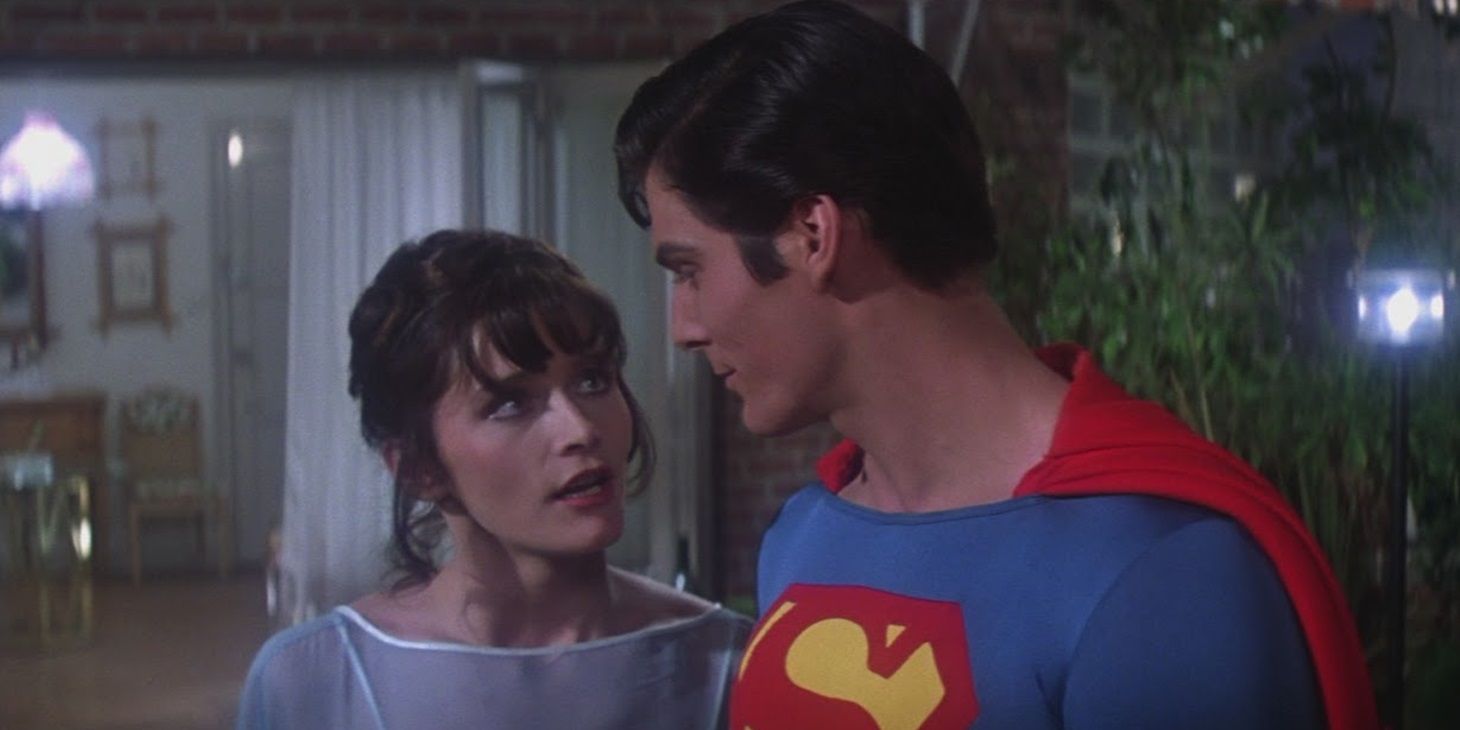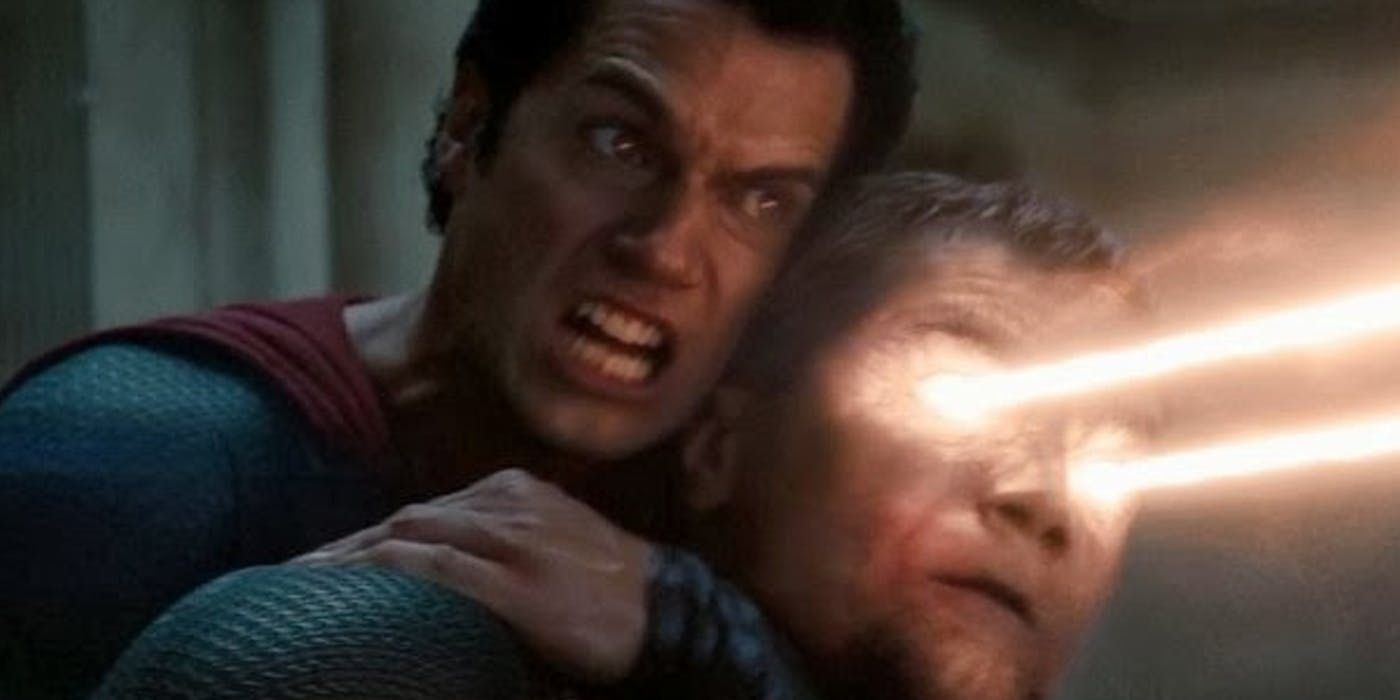The overarching narrative of James Gunn and Peter Safran’s rebooted DC Universe will kick off with Superman: Legacy, written and directed by Gunn. Set to arrive in theaters on July 11, 2025, Superman: Legacy will focus on a younger Clark Kent working as a cub reporter at the Daily Planet. While it won’t be an origin story, because Superman’s origins have been covered more than enough times on the big screen, it will follow an inexperienced Supes as he figures out the best way to utilize his immense powers. Superman has been a staple of the big screen since 1941 when Fleischer Studios’ groundbreaking animated shorts brought the comic books to life.
In 1978, Richard Donner used revolutionary visual effects to bring Supes into live-action, pioneering the superhero movie genre and proving the blockbuster potential of comic book adaptations. In the decades since, filmmakers have told all kinds of Superman stories in movie form, from a realistic reimagining of his origin story to a soft reboot about Kal-El returning to Earth after a five-year absence. There are a few crucial lessons that Gunn can take from the last son of Krypton’s legendary on-screen legacy before helming his own Superman movie.
Avoid Man Of Steel's Dull, Dreary Tone
After the success of The Dark Knight trilogy, almost every major superhero got their own gritty, grounded reboot. But not every comic book character suits that dark, grisly tone. The Christopher Nolan style of superhero cinema was mismatched with Spider-Man, the Fantastic Four, and indeed Superman. The dull and dreary tone of Man of Steel was an interesting change of pace, but it ultimately felt like a disservice to the character. Superman is a symbol of hope. His on-screen adventures need to be bright and cheery and inspire optimism. The version of Superman seen in Man of Steel wasn’t even sure if he wanted to use his powers to help people.
Superman's Biggest Conflict Is That He Can't Save Everybody
Conflict is what makes characters and stories compelling, but that’s tricky when it comes to Superman because his near-unlimited power means that very few enemies are a match for him. There are a handful of ways to get around that, but it shouldn’t involve the mopey self-doubt seen in Man of Steel. The biggest conflict in Superman’s life is that he can’t be in more than one place at once, so he can’t save everybody who needs to be saved despite his best efforts. Whereas the Superman in Man of Steel isn’t sure if he can be bothered using his powers for good, the Superman in Superman Returns simply laments the fact that he can’t save everybody. This is summed up perfectly in the scene where he hovers over Earth and listens to cries of anguish and despair from millions of people around the world, trying to focus his attention on the ones who need his help the most.
The Chemistry Between Superman And Lois Lane Is Key
Gunn has confirmed that Superman: Legacy will contain crucial supporting players like Lois Lane and Jimmy Olsen. Getting the relationship between Superman and Lois right is the key to humanizing this all-powerful alien superhero. Superman’s love for Lois is his way of relating to the human race. For the story to work, the audience has to believe in the chemistry between Superman and Lois. Christopher Reeve and Margot Kidder nailed this dynamic in the original 1978 Superman movie; their scenes were straight out of a classic screwball comedy. While Henry Cavill and Amy Adams are both incredible actors, there wasn’t much of a spark between their Superman and Lois. In Superman: Legacy, Gunn needs to be careful about casting a Lois Lane actor who both captures the character’s plucky attitude and shares convincing romantic chemistry with his Superman actor.
Keep The Runtime Tight (Unlike Superman Returns)
While Superman Returns was generally well-received by critics and comic book fans alike, one common complaint is that the movie is way too long. Superman Returns has some of the most awe-inspiring set-pieces in the Superman franchise, perfectly capturing Kal-El as a character, like when he lands a plane in a baseball field or when he stops a speeding bullet with his eyeball of steel. But the film is dragged down by a bloated runtime of 154 minutes. Gunn needs to keep the runtime of Superman: Legacy nice and tight.
Superman Doesn't Kill
One of the biggest controversies surrounding Man of Steel – even more so than the dark tone and Superman’s reluctance to help people – is that, in the final battle, Superman defeats the villainous General Zod by killing him. As Zod was threatening to kill a family, Superman snapped his neck. It’s framed as though Superman had no other choice than to kill Zod, but Zod was threatening the family with his heat vision. All Superman had to do to stop him was cover his eyes. Like Batman and Spider-Man, Superman doesn’t kill. His refusal to take lives is one of the core tenets of his belief system, and what makes him such an admirable figure for audiences to look up to. Superman: Legacy needs to adhere to the no-killing rule or it’ll risk alienating fans like Man of Steel did.

